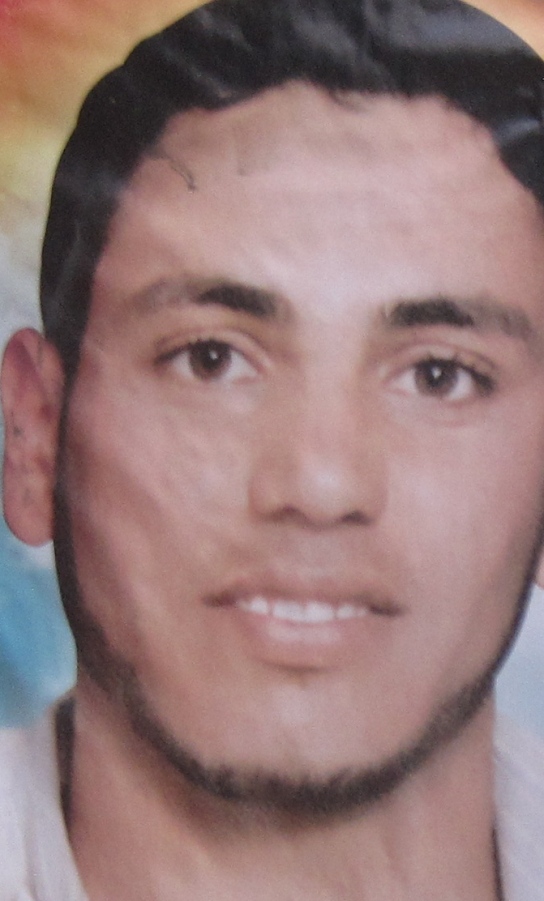Tag: Beit Lahiya
-
Nasr Ibrahim Alean was murdered by Israel Thursday
by Nathan Stuckey 7 November 2011 | International Solidarity Movement, Gaza Nasr Ibrahim Alean was a 23 year old farmer from Beit Lahia. He was murdered on November 3, 2011. He was picking strawberries in his field when he was shot in the leg by the Israeli army. He called his friend Muhammad Abu Helmeyyah,…
-
13-year-old Gaza boy dies eight days after Israeli airstrike
1 September 2011 | International Solidarity Movement, Gaza After clinging to life for eight days, 13-year-old Haitham Ahmed Marouf succumbed to injuries received in an Israeli airstrike on Beit Lahia and died on the morning of Monday, August 29. The Palestinian boy had been farming with his father, Ahmed Marouf, on Sunday, August 21. Shortly…
-
Two killed in bombing of al-Salama sport club in Beit Lahia
25 August 2011 | International Solidarity Movement, Gaza At about 1:30 A.M. on August 25, 2011 Israeli warplanes bombed the Salama Sports Club in Beit Lahia. The building was empty at the time. The sports club, however, is in the middle of a residential area. Two people from a neighboring house were killed in the…

